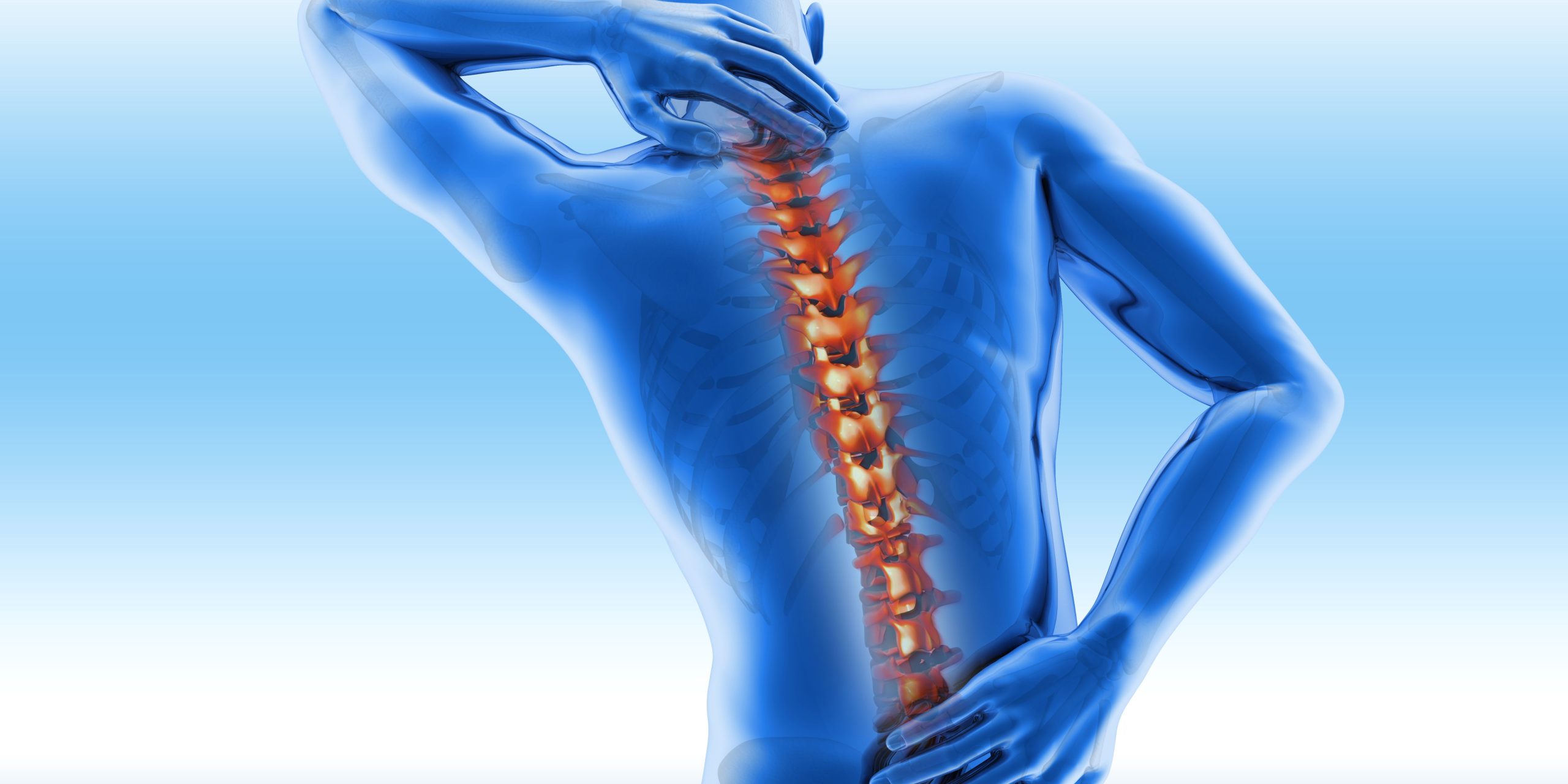Epidural Injections
Epidural injections use a variety of substances including local anesthetics (numbing medicines) and steroids (cortisone-type drugs) to block pain cycles and decrease inflammation around irritated discs and nerves in the spine. They can be tremendously beneficial in patients with continuing spine pain and herniated disc disease. They at time provide only temporary benefit, but can assist in a comprehensive program for managing spine-related pain.
Nerve Blocks
Nerve blocks are frequently used by pain management specialists to diagnose and treat different pain problems. Different types of blocks involve local anesthetics and steroids to block pain pathways and break the pain cycle. These medications are extremely effective in the proper patients.
Radiofrequency Ablation
Radiofrequency Ablation has been around for many years. The technique has been adapted to treat all types of pain, ranging from chronic neck pain to low back pain. The technique uses finely directed heat to ablate the painful nerves. Very little tissue damage is done and the pain relief can last several months. Because the procedure is minimally invasive, it can be repeated if the pain returns.
For the treatment of chronic, spinal cord stimulation includes the stimulation of the spinal cord or peripheral nerve by tiny electrical impulses. An implanted lead empowered by an implanted battery is placed near the spinal cord. The stimulation is adjusted to fit the needs of the patient via an external programming device. The implanted device may be felt as a small bulge under the skin, but does not normally show through clothing.
Synvisc/Gel One/Orthovisc Injection
These injection treat arthritis of the knee. It is used only after normal drug medication has failed to provide relief. During this treatment, the medication is injected into the affected knee or knees over scheduled intervals.

